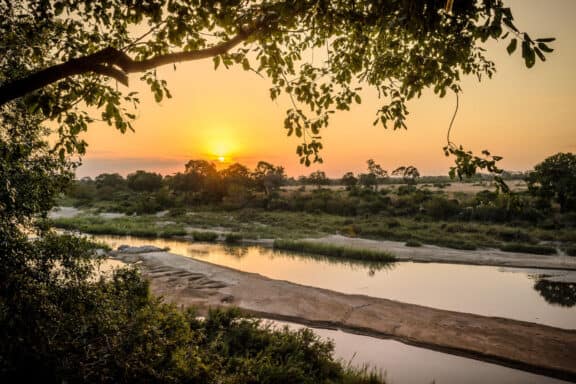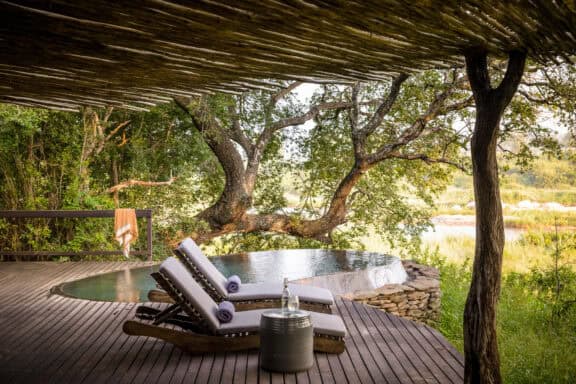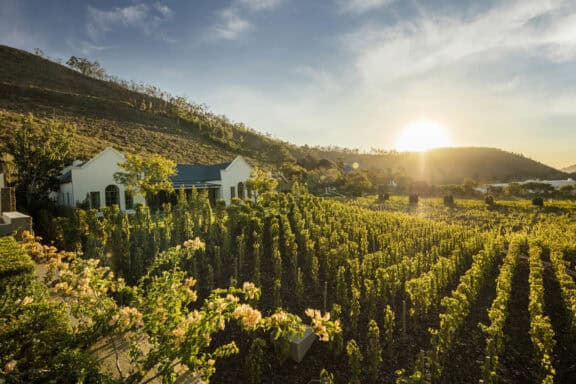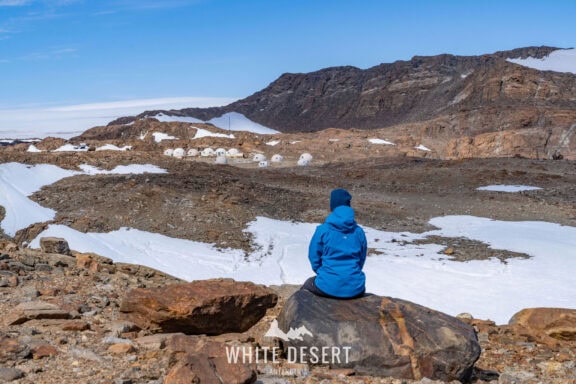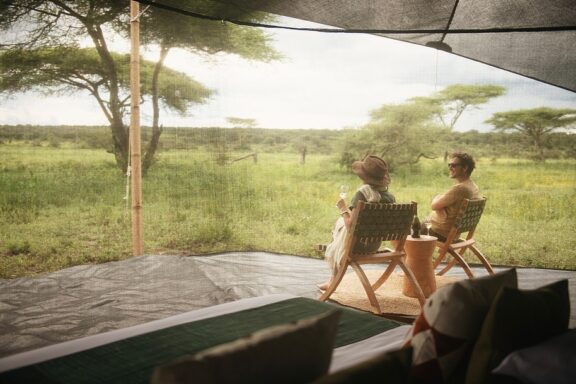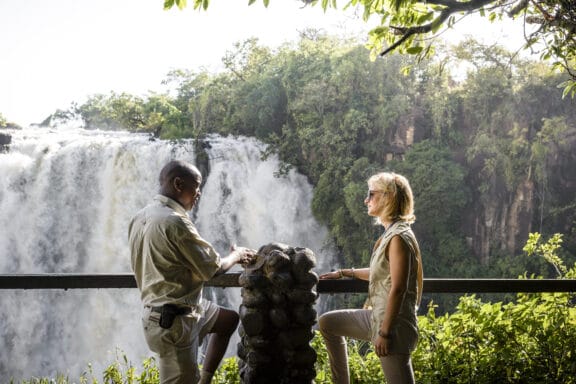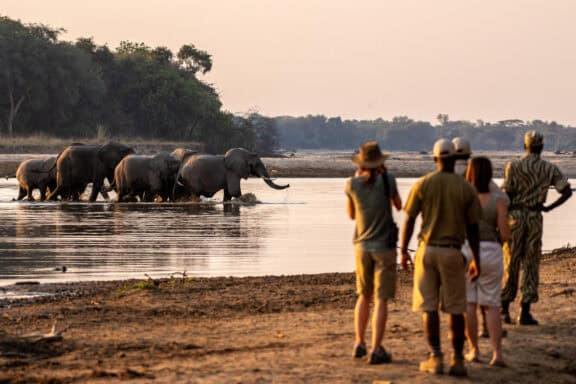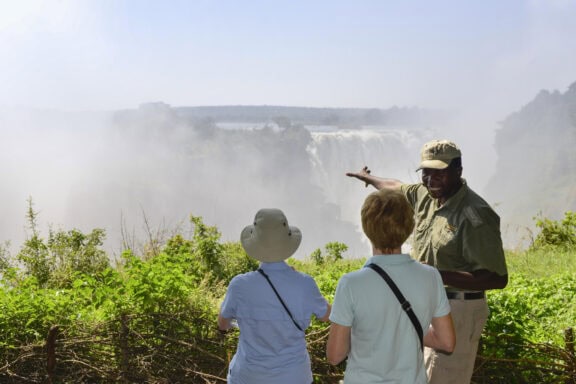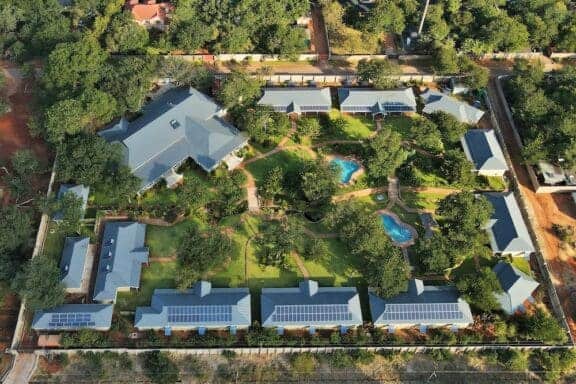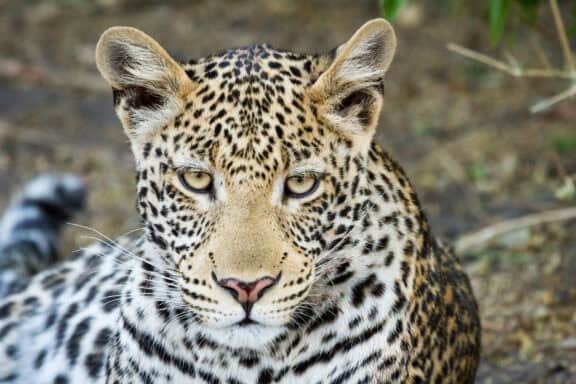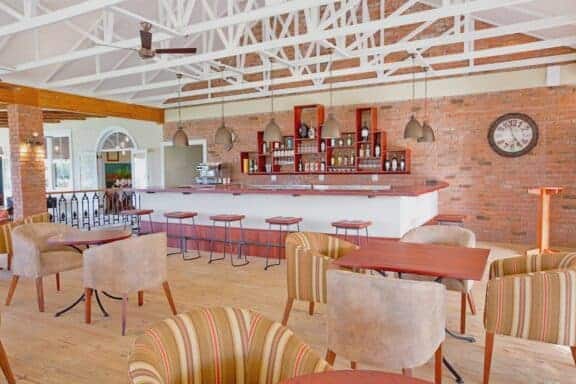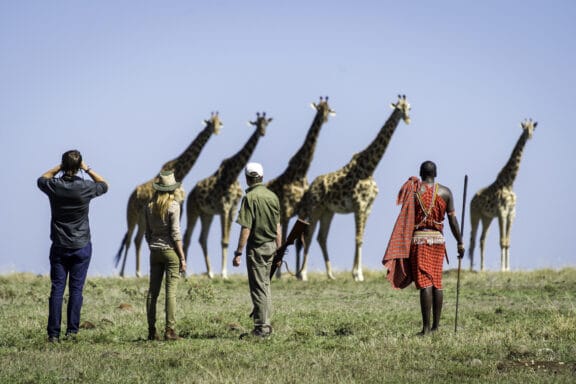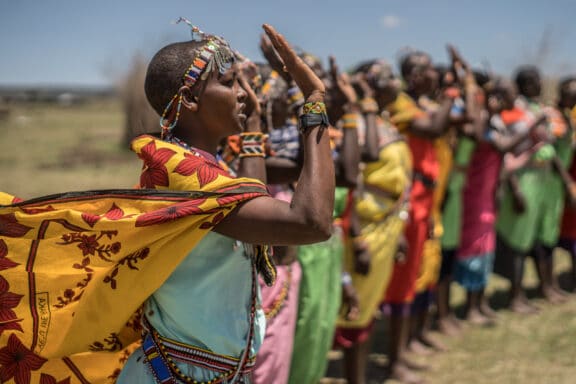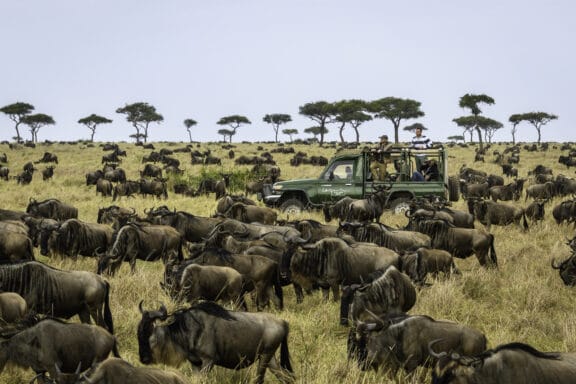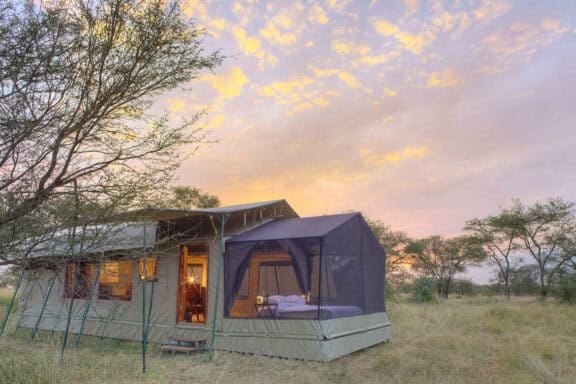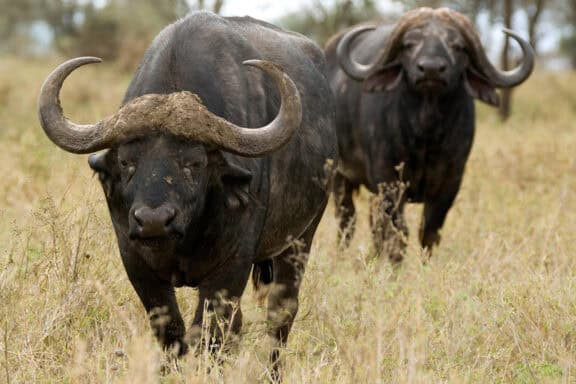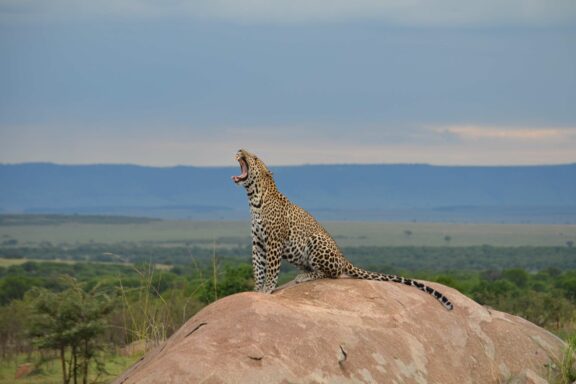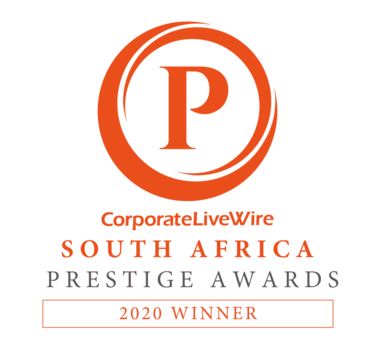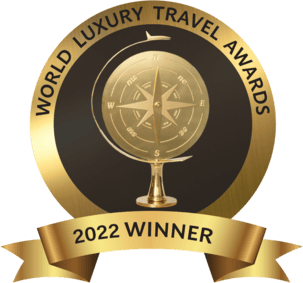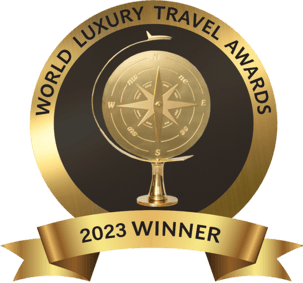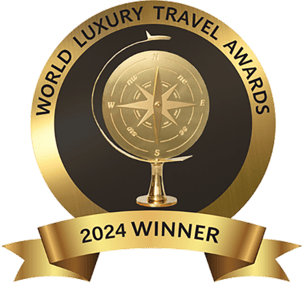The integration of Artificial Intelligence (AI) trip planning tools has transformed the trip planning experience for travellers, particularly for wildlife safaris, enabling more precise and memorable adventures. Several leading travel companies like Expedia, Tripadvisor, GetYourGuide, and Discover Africa are already offering travellers AI travel planning tools to make the process easier, and the trend is expected to continue.
When it comes to safari trip planning, being able to predict animal movements, weather conditions, and optimal viewing times maximises guests’ chances of witnessing nature’s marvels in the most impactful way possible. Tailored recommendations to satisfied seasoned adventurers and the ability to support conservation efforts are some of the added benefits. Here, we explore four cutting-edge AI tools that are changing the travel planning experience.
1. Google’s Trip Itinerary Search
Let’s face it: most travel planning efforts start with a Google search. The search giant has dipped into the realm of AI with Gemini, its generative AI answer to ChatGPT, which took the world by storm just over a year ago. Now, Google’s new AI-driven tools for Search and Maps assist travellers in creating detailed itineraries and exploring destinations more efficiently.
An experimental AI-based function in search crafts personalised trip itineraries, including suggestions for flights, hotels, attractions, and dining. The function links directly to travel company sites for bookings. The updates in Google Maps focus on delivering richer destination information with local recommendations and lists of top dining spots.
Photos and reviews use AI-enhanced capabilities to help discover notable aspects of places and even identify local dishes. Additionally, Maps users can now organise personalised lists of their favourite spots, further enhancing their travel planning experience. The introduction of a translation tool, allowing real-time content translation without app switching, further underscores Google’s push for travel planning convenience.

2. TripAdvisor’s AI-Powered Recommendations
TripAdvisor’s Trips has enhanced its platform with AI to deliver personalised travel recommendations, drawing from users’ past interactions and reviews. It effectively uses natural language processing to distil and summarise key insights from extensive user reviews, making it easier for travellers to make informed decisions.
The platform also supports collaborative trip planning, providing tailored suggestions that accommodate the preferences of all group members. The AI functionality is only available for select destinations, but the potential for easy trip planning as a global tool is clear.

3. Herd Tracker: AI Prediction Precision in Safari Planning
Wildlife tracking app HerdTracker has launched a new AI tool to more accurately predict where to see East Africa’s Great Wildebeest Migration, arguably one of the most incredible natural spectacles on the planet. This precision significantly improves the chances of unforgettable encounters, maximising the value of what can often be a once-in-a-lifetime trip.
The tracking app utilises 10 years of historical and real-time data to predict the location of wildlife herds. Developed with the safari-goer in mind, it allows tour operators and tourists to pinpoint the best times and locations for witnessing the Great Migration across Tanzania’s Serengeti and Kenya’s Masai Mara.
HerdTracker also personalises the safari experience with customised data-based recommendations for lodges close to the predicted areas and river crossings according to the user’s preferences. Each itinerary is uniquely tailored to maximise wildlife viewing opportunities, aiding in managing expectations and trip planning efficiency.
Other wildlife tracking and data analytics players include WildTrack and SMART (Spatial Monitoring and Reporting Tool), which also utilise technology to enhance wildlife conservation and tourism. However, HerdTracker’s focus on the Great Migration and its integration of comprehensive historical data sets it apart as a specialised tool for safari planning.

4. Kayak’s Virtual Travel Assistant
Kayak’s AI-driven virtual assistant, Ask Kayak, is powered by the online travel booking platform’s historical data and OpenAi’s ChatGPT. Users can ask specific questions about flight routes or destinations for planned trips.
Key features include comprehensive displays of flight, lodging, and car rental options alongside tools that suggest the optimal times to travel and provide essential destination information. For now, its options for African destinations are limited.

In summary, AI will continue to shape travel planning and booking as more companies leverage its capabilities to improve overall trip management and provide a more efficient and tailored travel experience.










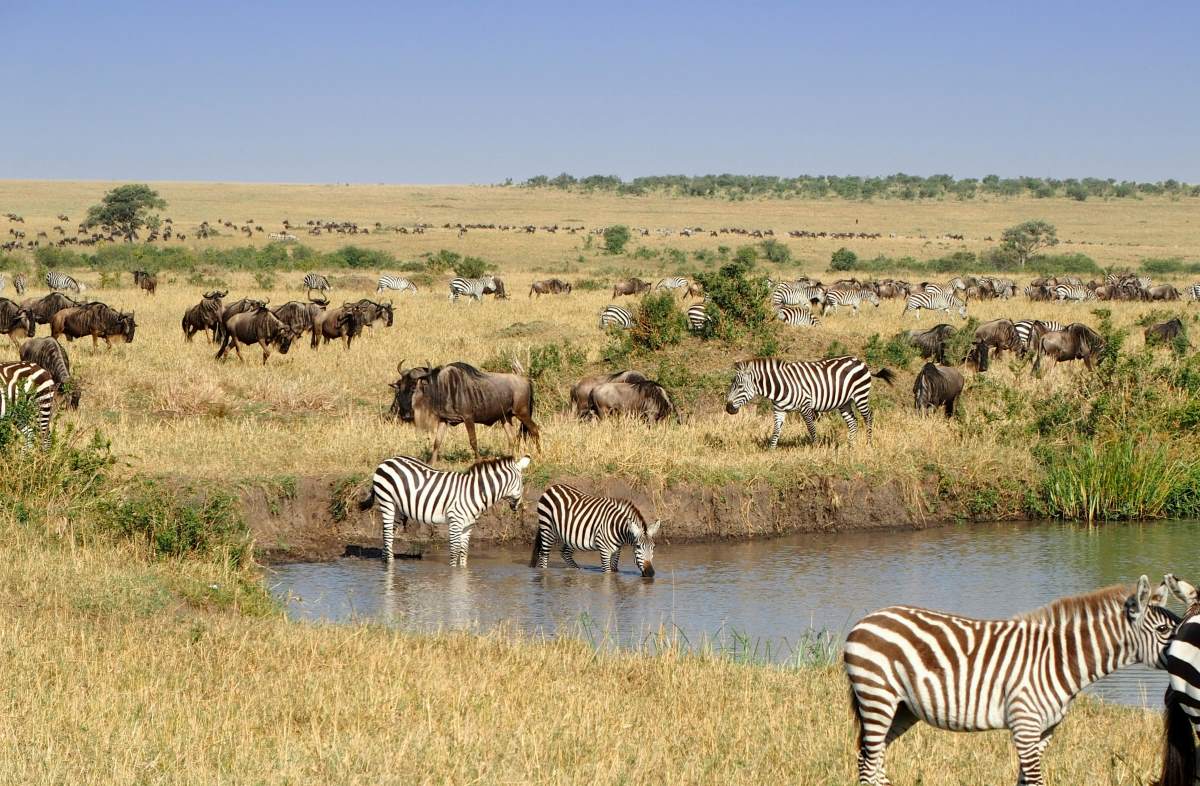




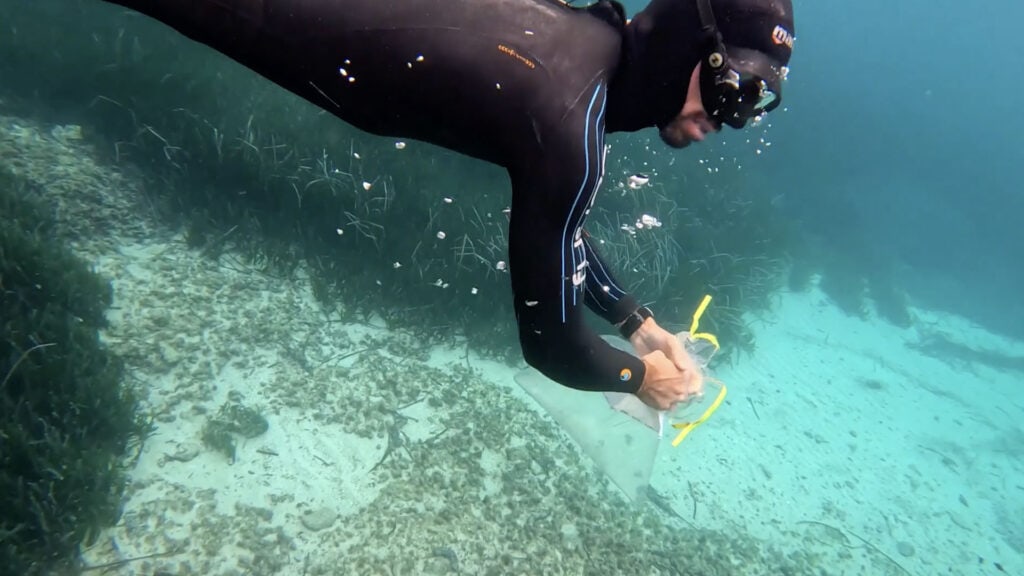
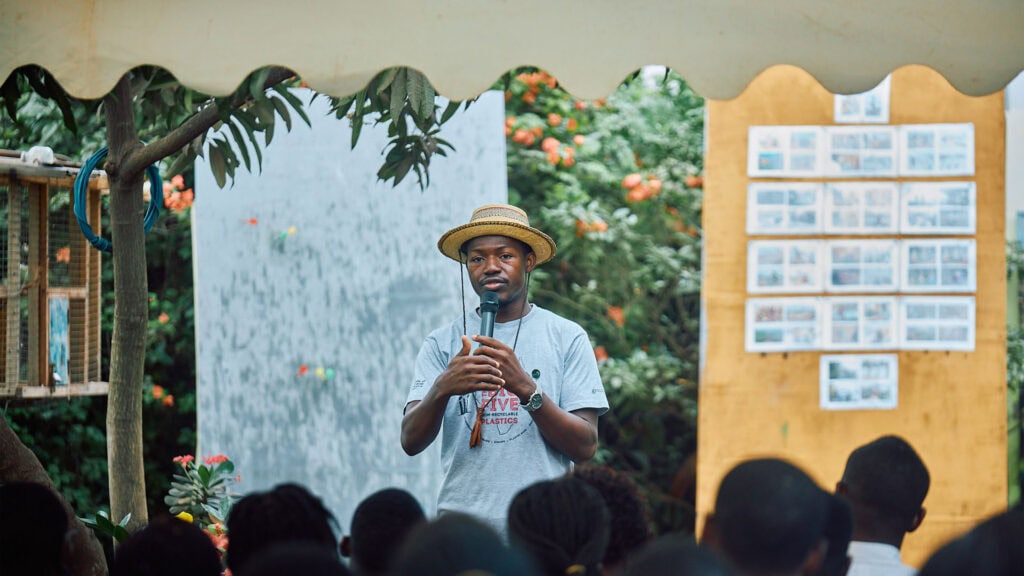
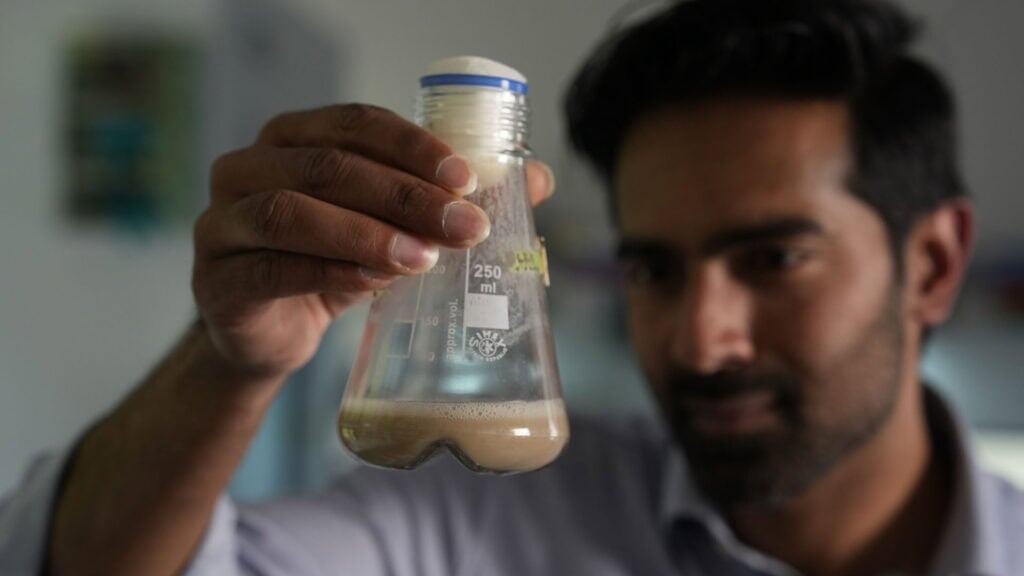
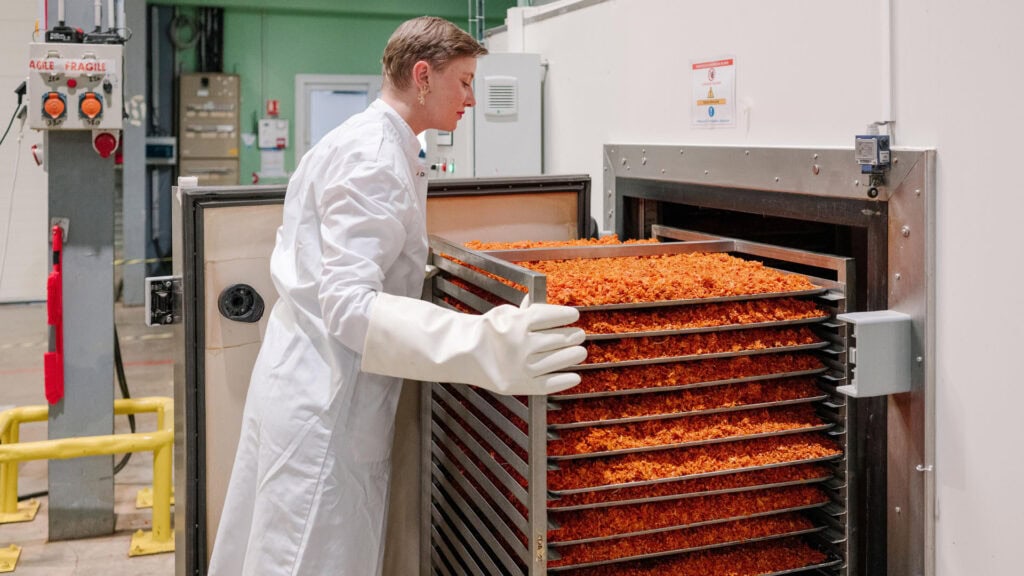
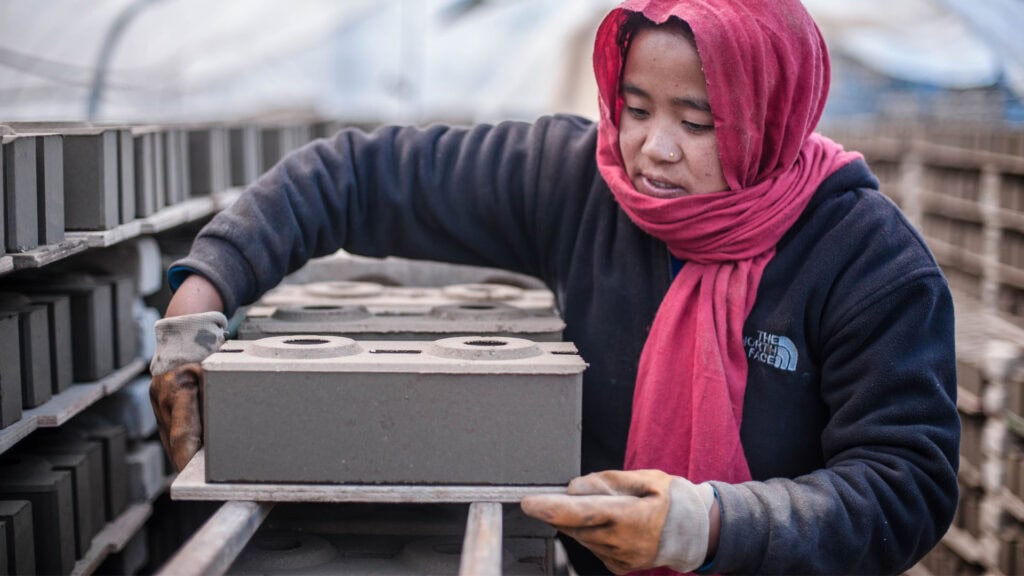


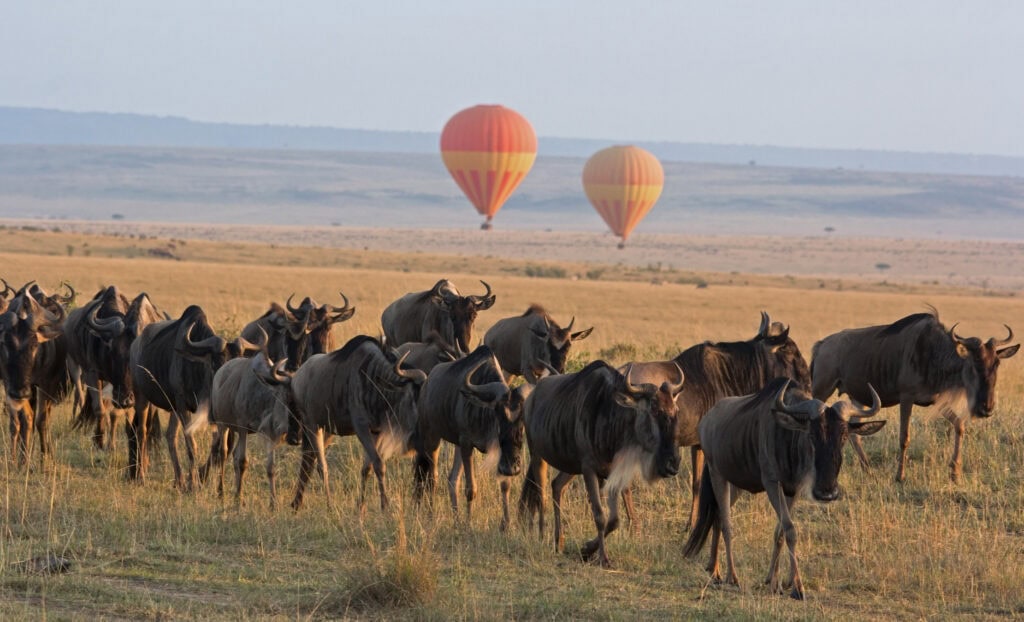


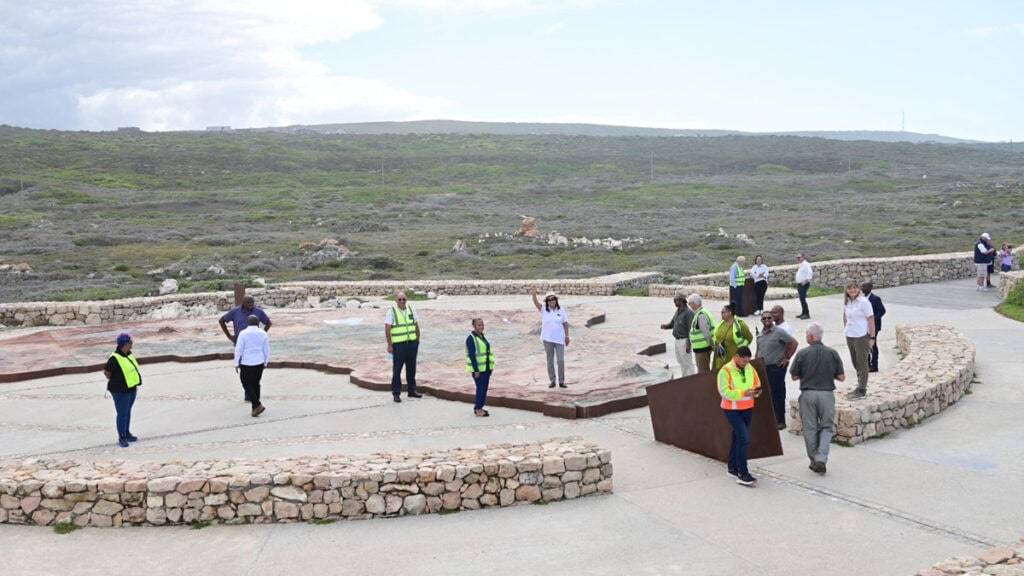




![Safari Guide of the Month [July], Alexander Muruma](https://cdn.discoverafrica.com/wp-content/uploads/2021/11/15191905/unnamed-3-1200x900.jpg)


